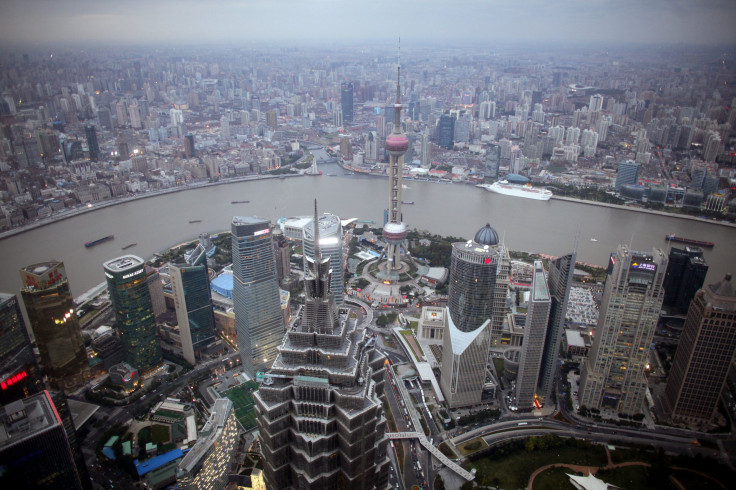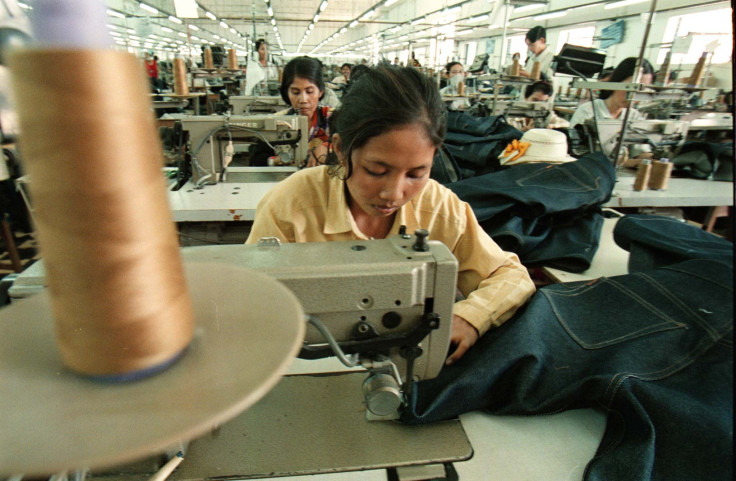Southeast Asia: The Fast-Growing Region May Face An Economic Crisis As Demand For Exports Slumps

Booming Asian economies could be facing an economic crisis as exports, previously the major fuel of their growth, slow down due to slumping demand, Reuters reported Wednesday.
In recent months, demand for exports from Southeast Asian countries has been slacking, while commodity prices have fallen. As these countries’ growing domestic economies drive up imports, they may face a sharp fall in their trade balances.

Indonesia, Southeast Asia’s largest economy, reported a trade deficit in April, after exports contracted for 13 consecutive months. Thailand reported a record trade deficit in January. The Philippines’ April 2013 growth was 12.8 percent lower than its April 2012 growth, at 7.8 percent. The country is already running a trade deficit. And Malaysia’s trade surplus in April fell to its lowest level since the 1997 financial crisis, according to Reuters.
At the root of the falling demand is an economic slowdown in the world’s largest importers of Southeast Asian goods. While the U.S. economy is showing signs of recovery, many European countries are still deep in recession. China, another major source of export demand for other Asian countries, is also shifting to a slower growth path.
“It’s going to be the new reality for Asia,” said Euben Paracuelles, Southeast Asia economist at Nomura in Singapore. “Exports will not be as exciting as they used to be.”
In 2009 to 2010, while the rest of the world experienced an intense financial crisis, Southeast Asian countries’ trade surplus grew at double digits across the board, with Indonesia posting a year-on-year growth of 37.5 percent, Malaysia 29.7 percent, the Philippines 30.8 percent and Thailand 34.5 percent, according to statistics published by the Association of Southeast Asian Nations.
On the bright side, Southeast Asia’s domestic demand has been on the rise in recent years, owing to growing spending by the countries’ increasingly affluent middle class and a rise in infrastructure investment. Southeast Asian countries’ dependence on traditional exports is far lower than it was in 1997. They have also built up hefty foreign exchange reserves, reduced debt and gained credit upgrades through improve public finances, according to Reuters.
But a deterioration in current account balances could still be problematic. There has been a surge in household debt in Southeast Asia in recent years. Philippine and Indonesian banks have been expanding consumer lending at an annual pace of around 20 percent.
Southeast Asian governments and central banks would need to respond with policy changes in coming months, tightening fiscal policy where possible and raising interest rates to protect currencies and dampen frothy domestic conditions, Paracuelles said.
© Copyright IBTimes 2024. All rights reserved.











